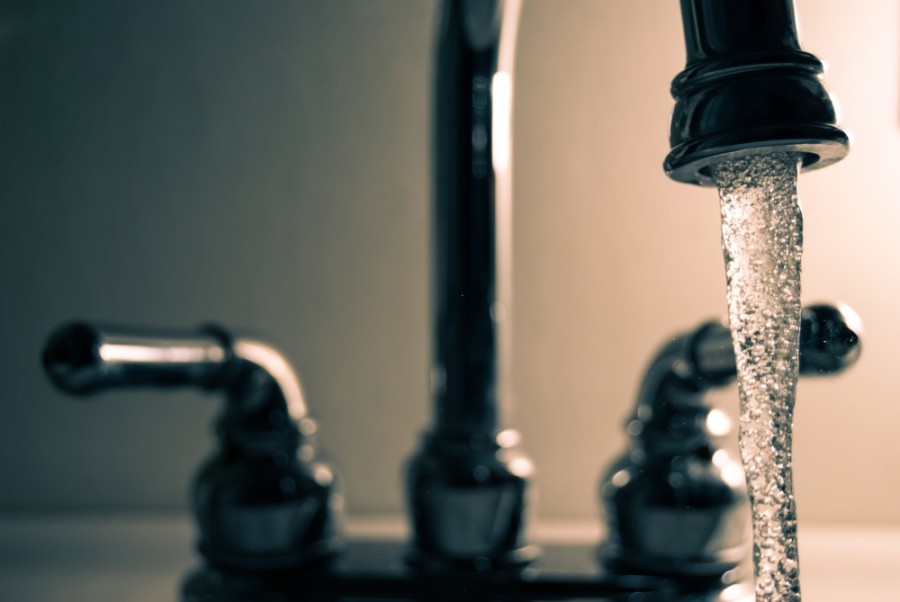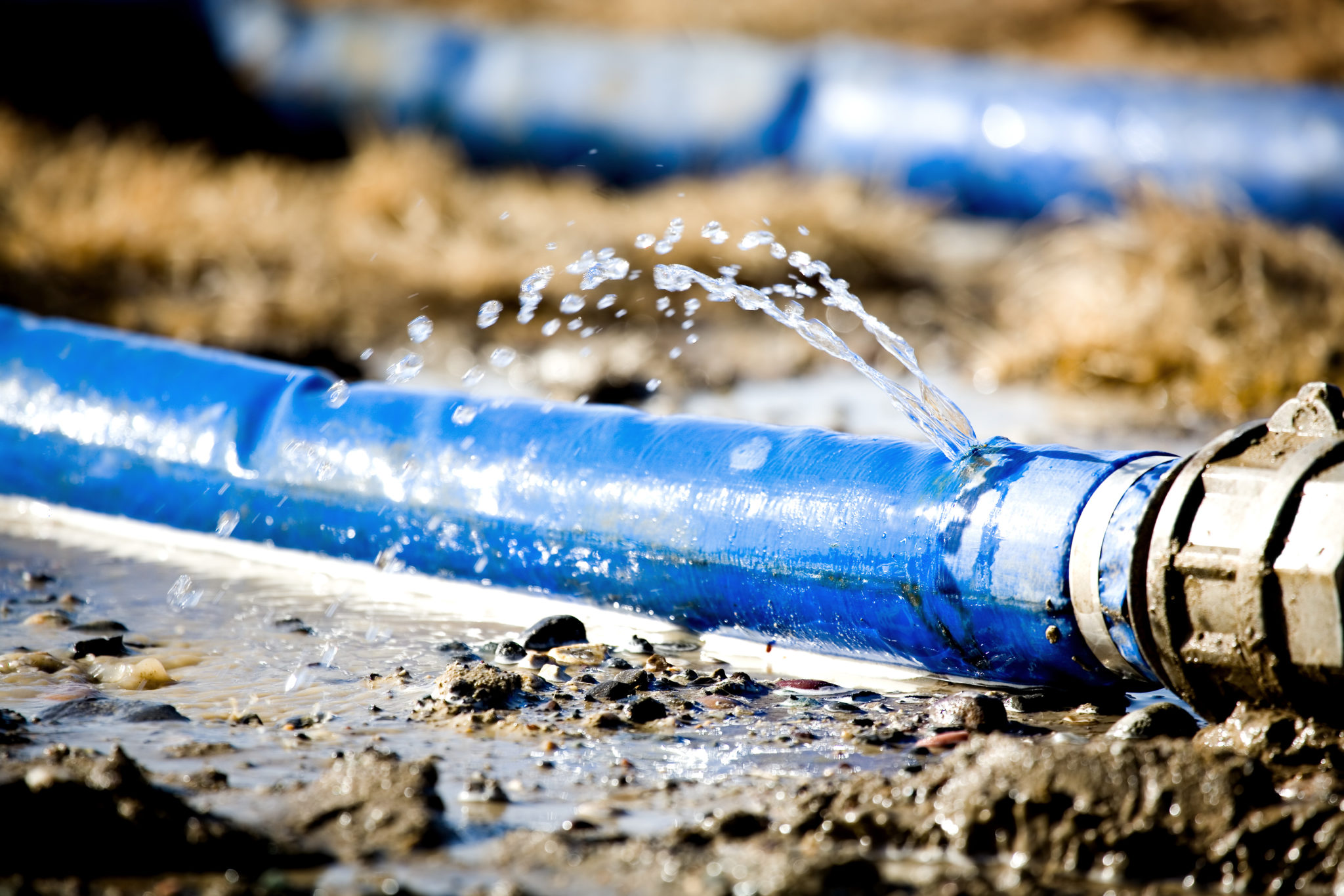Quick-Response Plumbing: Tips for Identifying and Repairing Burst Pipes
Quick-Response Plumbing: Tips for Identifying and Repairing Burst Pipes
Blog Article
We've discovered this post involving How to Install and Connect a New Dishwasher down the page on the web and felt it made good sense to share it with you here.

A burst pipe is a major emergency; you can only stand as you enjoy water you pay a lot to rejoin with the earth. In worse situations, you see a swimming pool on your cooking area floor, which is a terrific journey threat, specifically if you have youngsters around. If the pipe that burst was in your walls, problem: you might require to paint that whole section.
How can a disaster like a burst pipeline be stopped and also taken care of? Well, by paying attention to your specialist emergency plumbers and following these rules.
Just how do I recognize when my pipelines have ruptured?
Fluctuating water stress
Pipelines do not simply burst in a day. You might have observed that your kitchen area tap or shower doesn't run right away when you turn the faucet. It may stop for a couple of secs and afterwards blast you with even more pressure than normal.
In other instances, the water may seem normal at first, after that decrease in stress after a couple of seconds.
Wet walls and water discolorations
Prior to a pipeline bursts, it will leak, the majority of times. If this relentless dripping goes undetected, the leak may graduate into a wide gouge in your pipe. One very easy means to prevent this emergency is to keep an eye out for damp wall surfaces ad water stains. These water discolorations will certainly lead you right to the leakage.
Puddles under pipes and sinks
When a pipeline bursts, the outflow creates a pool. It might appear that the pool is growing in size, as well as regardless of how many times you wipe the puddle, in a few minutes, there's an additional one waiting to be cleansed. Usually, you might not have the ability to map the puddle to any noticeable pipes. This is a sign to call a specialist plumber.
Untraceable leaking noises
Pipeline bursts can happen in one of the most undesirable places, like within concrete, inside wall surfaces, or under sinks. When your home goes silent, you might have the ability to hear an annoyingly relentless leaking sound. Also after you've examined your shower head as well as kitchen faucet, the dripping might continue.
Dear viewers, the leaking might be coming from a pipeline inside your wall surfaces. There isn't much you can do concerning that, other than inform a professional plumber.
Shut off the Water
When water ices up, it increases in volume by about 9 percent. And also it broadens with tremendous pressure: The pressure inside pipelines may go from 40 pounds per square inch to 40,000 psi! No pipeline can hold that much pressure, so it breaks open. The break might occur where the ice kinds, but regularly, it happens where water stress discovers a weak point in the pipe. That might be inches or even feet from the icy location. Discover the water shutoff valve and also shut off the water to avoid even more damage. You could likewise require to turn off the electricity too, depending on where the leakages occurs as well as how huge it is.
Infected water
Lots of people think a burst pipeline is a one-way electrical outlet. Quite the contrary. As water flows out of the hole or tear in your plumbing system, impurities discover their method.
Your water may be polluted from the resource, so if you can, examine if your water tank has any type of troubles. However, if your drinking water is provided as well as detoxified by the city government, you must call your plumber immediately if you see or smell anything funny in your water.
What do I do when I identify a burst pipe?
Your water meter will certainly remain to run also while your water wastes. To minimize your losses, find the primary controls and also turn the supply off. The water mains are an above-ground framework beside your property.
How to Fix & Detect a Leaking Pipe
How Do I Know if a Pipe is Leaking?
Leak detection tests can help you determine if your pipe has a leak. Even if you don’t see an apparent leak, you should still conduct leak detection tests regularly to save water and money—and prevent major damage to your home.
Water meter. It can be helpful to figure out what your usual water meter usage numbers are and then monitor them regularly. To monitor your meter, first, turn off all water faucets in your home. Check the meter and write down the numbers. In a few hours, check the meter again. If the numbers have changed, you have a leak. Water gauge. Use a water gauge to test your water pressure. Your showerhead should produce a certain amount of water pressure based on its model and design. If the pressure is lower than it is supposed to be for that specific showerhead, your home likely has a leak. Puddles. Look inside your bathroom, laundry, and kitchen sink cabinets. Puddles around the cabinets or around toilets, tubs, showers, and washing machines indicate the presence of a leaking pipe. You may also notice loose tiles, peeling or flaking paint, or mold caused by water accumulation. Napkin test. Even if you don’t see any puddles, you may still have a leak. You can test for water leaks in the bathroom, laundry, and kitchen by wiping below-sink connections with a napkin, paper towel, or piece of toilet paper. If it becomes damp, you probably have a leaking pipe under the sink. Discolored walls. Walls that are discolored—usually with brown or yellow stains—or bulging might mean that they have been impacted by water damage caused by a leaking pipe. Smell. A leaky pipe will create sitting water, and over time, that water may develop a musty smell. If your home smells musty, but you can’t locate the source, it may be due to a leak. Steps for Fixing a Leaking Pipe
A leaky drain can be remedied by tightening the pipe base, replacing the drain seal, caulking the rim, and tightening the pipe nut. Similarly, a leaking toilet pipe can be treated by tightening the packing nut. You may also need to replace the valve. A leaky faucet may just need tightening or replacement of the washers. If that doesn’t work, consider replacing your faucet. If your pipe has a hole in it, you may want to use a pipe leak sealer or pipe leak tape. This quick fix for water pipe leaks can also temporarily fix a copper pipe leak. https://www.ahs.com/home-matters/quick-tips/how-to-tell-if-pipes-are-leaking/

I discovered that write up about How to Prepare for Your Dishwasher Installation while scouting around the internet. Sharing is nice. Helping others is fun. Thanks a lot for your time. Come back soon.
Show Details
Report this page